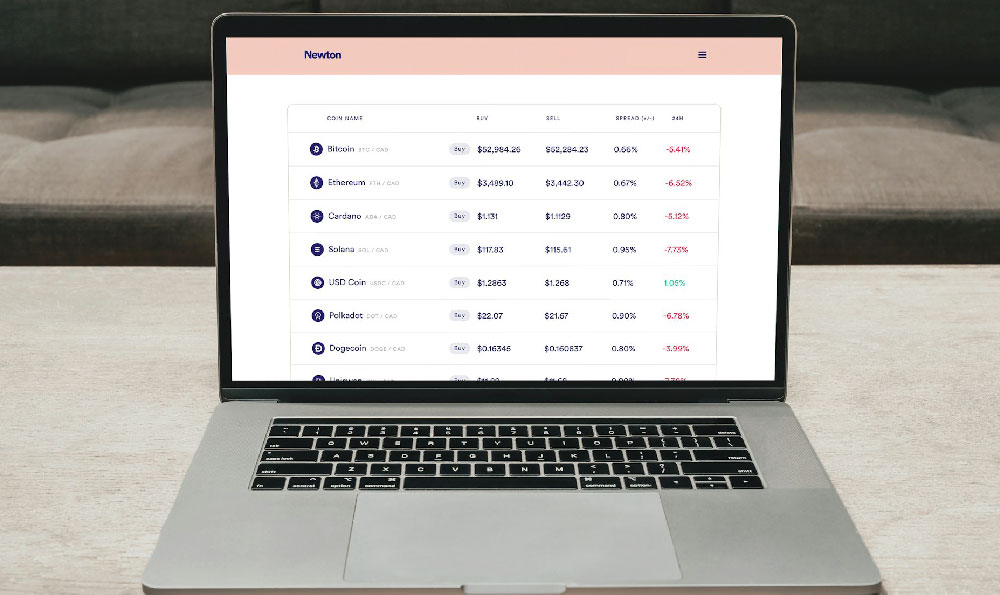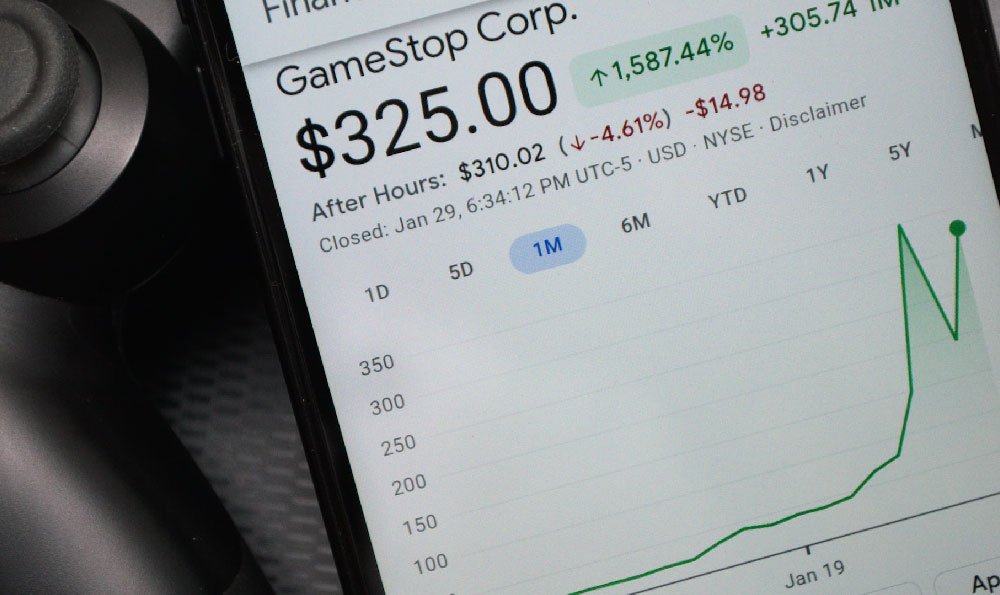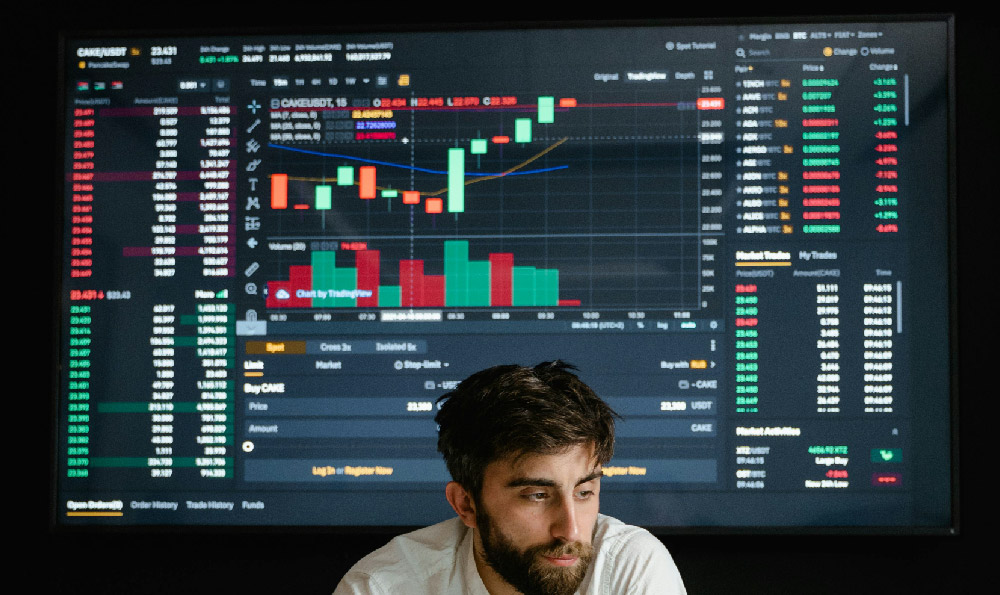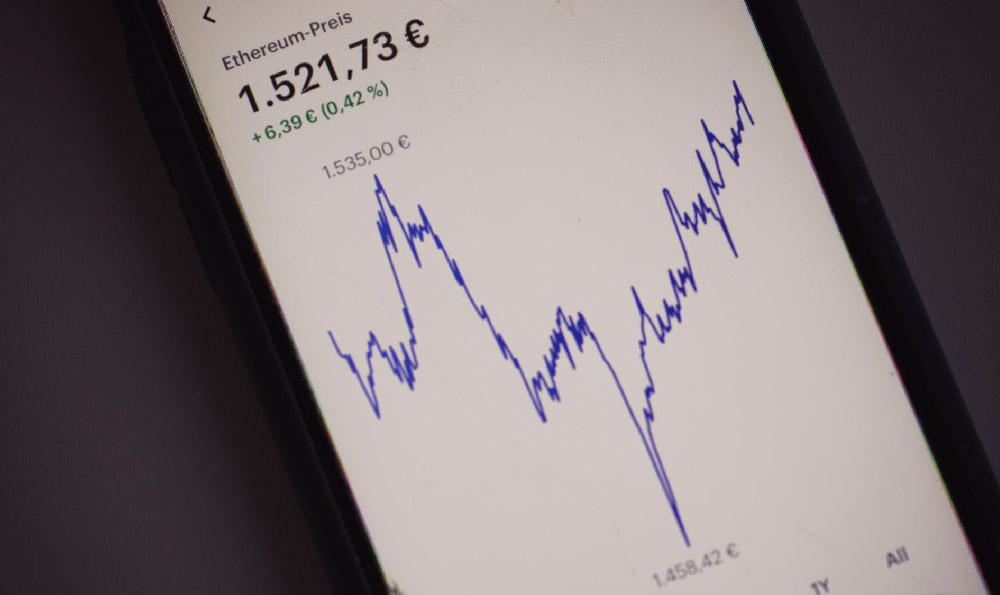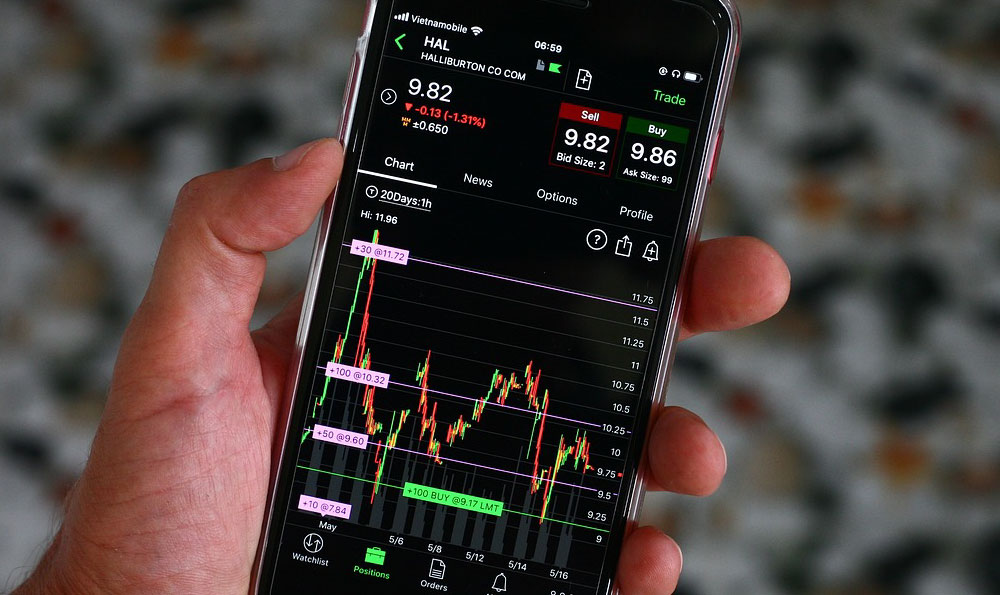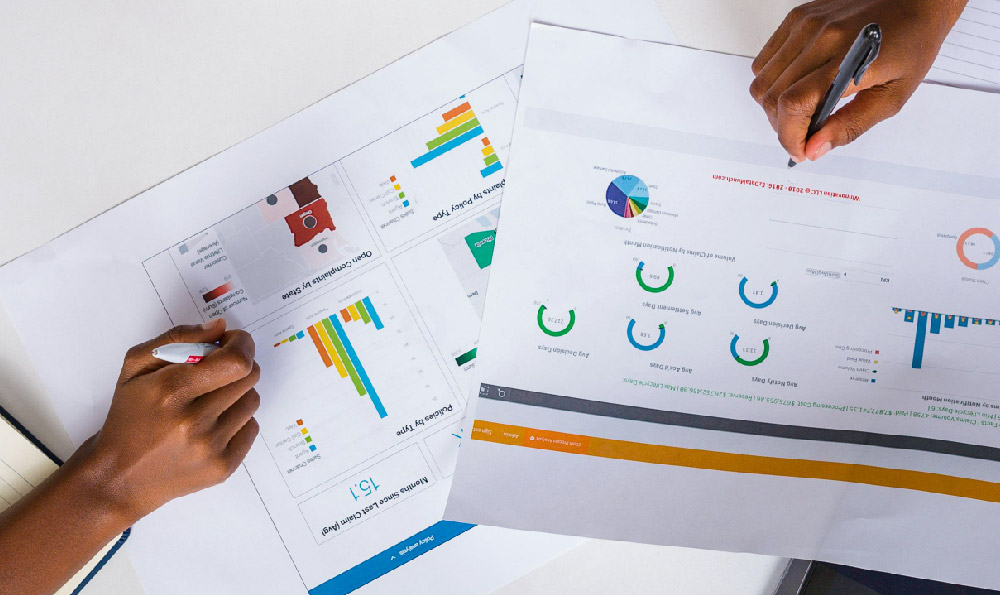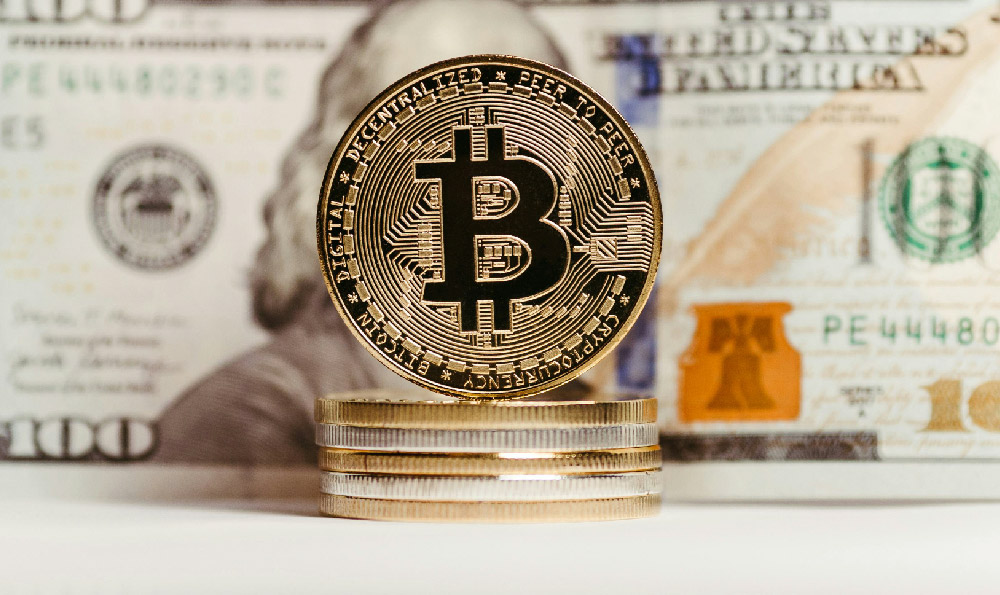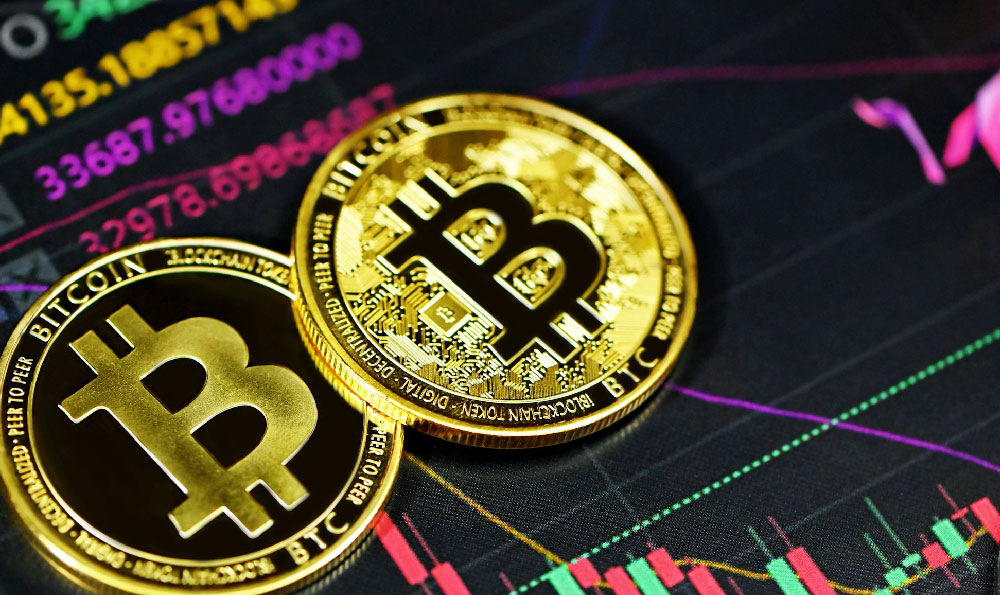Uber driver income is a topic of significant interest, particularly for individuals considering entering the gig economy as a means of supplemental or primary earnings. The actual amount earned per month can vary widely, influenced by a multitude of factors that extend beyond the mere act of driving. Understanding these dynamics requires a nuanced examination of regional differences, operational variables, and economic conditions that shape the profitability of this service.
In major cities such as San Francisco or London, where demand for rides is consistently high due to dense populations and extensive transportation needs, drivers often experience a more stable income stream. However, even within these urban centers, the earnings can fluctuate based on the time of day, day of the week, and seasonal trends. For instance, during holidays or special events, surge pricing may significantly boost hourly rates, but this is accompanied by an increase in the number of drivers on the road, which could potentially dilute the earnings per driver. Conversely, in less densely populated areas or smaller towns, the income might be lower, though the competition among drivers could be less intense, allowing for more predictable earnings.
The type of vehicle used is an important determinant of revenue. Drivers who opt for newer, more expensive models tend to earn higher fares, as passengers often pay a premium for comfort and reliability. However, this also means higher initial costs and ongoing expenses such as maintenance, insurance, and fuel. The choice between driving a personal vehicle or leasing one can also affect the net income, as lease agreements often come with fixed monthly payments that may eat into the earnings, particularly for those who drive fewer hours.
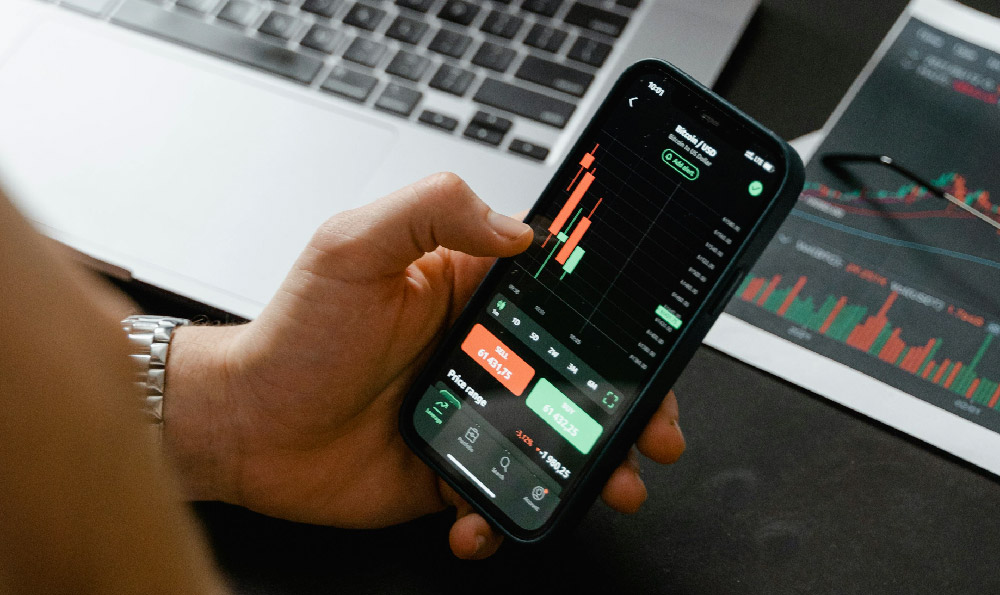
The time invested in driving directly correlates with income potential. A full-time driver who spends 40 hours per week on the road is likely to generate more revenue than a part-time driver who only works 10 hours. That said, the relationship between time and income is not linear. As drivers accumulate more hours, the likelihood of encountering periods of low demand or long wait times between rides can create variability. Furthermore, the need to balance driving with personal time and other obligations can affect the total hours logged, thereby influencing the monthly income.
Uber's dynamic pricing model, which adjusts fares based on real-time market conditions, introduces an element of unpredictability. During periods of high demand, such as rainy days or late nights, drivers may see their earnings per hour increase substantially. However, during off-peak times, such as early mornings or midweek, the income per hour could drop significantly. This variability requires drivers to be adaptable, often relying on strategies such as tracking demand patterns, optimizing their driving schedules, and using fare estimation tools provided by the app to anticipate income fluctuations.
Additional income streams such as delivery services, Uber Eats, or Uber Freight can also impact a driver's overall earnings. While these services offer opportunities to diversify income sources, they also come with different operational demands, time commitments, and potential for income variability. For example, delivery drivers may earn more per trip during peak hours but face the added stress of navigating traffic and managing delivery windows.
The financial viability of Uber driving also depends on factors such as the driver's personal expenses, including vehicle maintenance, fuel costs, and insurance. These expenses can vary significantly based on the driver's lifestyle choices and the local cost of living. Additionally, the availability of subsidies or incentives from Uber itself can influence profitability, though these are typically temporary and not a sustainable income source.
In regions with higher fuel prices, the cost of operating a vehicle can eat into the earnings, potentially reducing the net income. Conversely, in areas with lower fuel costs, the gross income might be more substantial. The cost of living in different areas also affects the net income, as drivers in high-cost cities may need to allocate more of their earnings toward housing, utilities, and other essential expenses.
The income potential for Uber drivers can also be influenced by the driver's ability to optimize their routes and manage their time effectively. By using the app's features such as surge pricing alerts, route planning tools, and time-of-day earning estimates, drivers can make more informed decisions about when and where to drive. These strategies can lead to a more consistent income stream, though they require dedication and time management skills.
In conclusion, while Uber driving offers a flexible income opportunity, the actual earnings per month are influenced by a complex interplay of factors including location, vehicle type, driving hours, and market conditions. Drivers who are proactive in managing these variables and adapting to the dynamic nature of the platform are more likely to achieve a sustainable income. For those considering this work, it's important to approach it with realistic expectations and a thorough understanding of the financial landscape.


